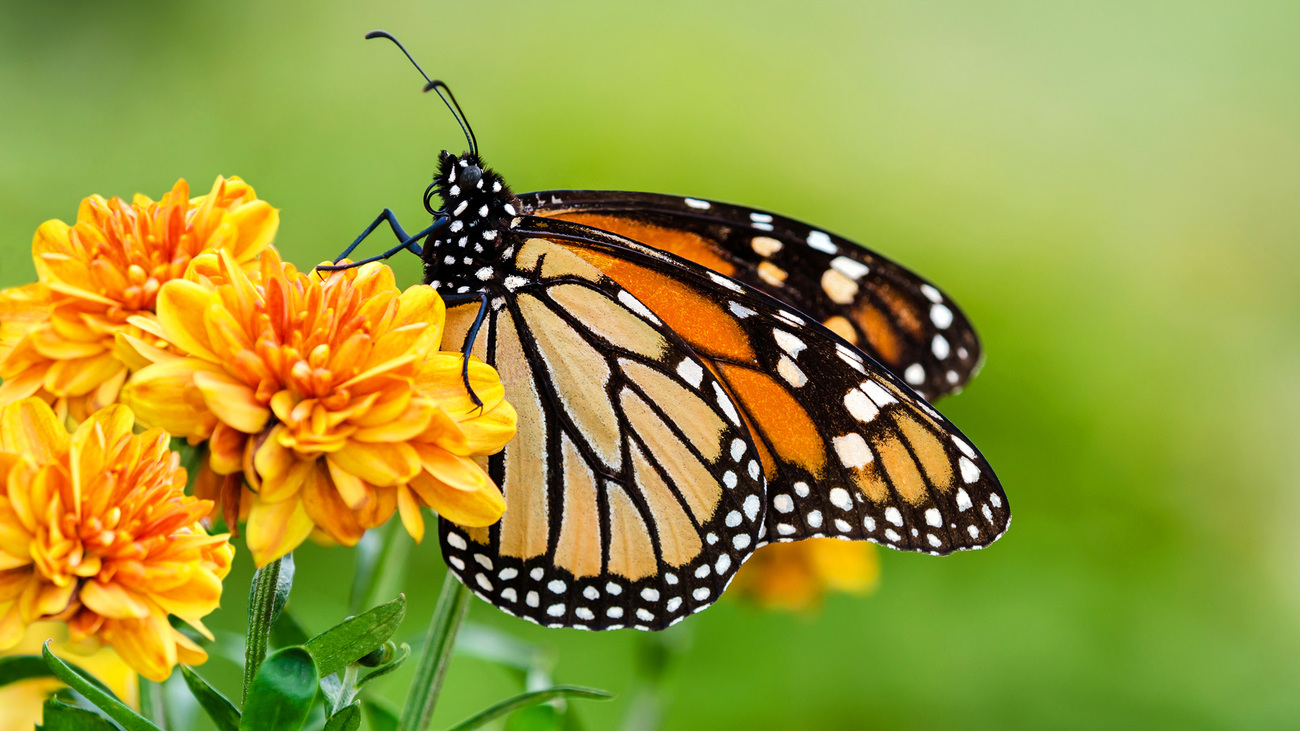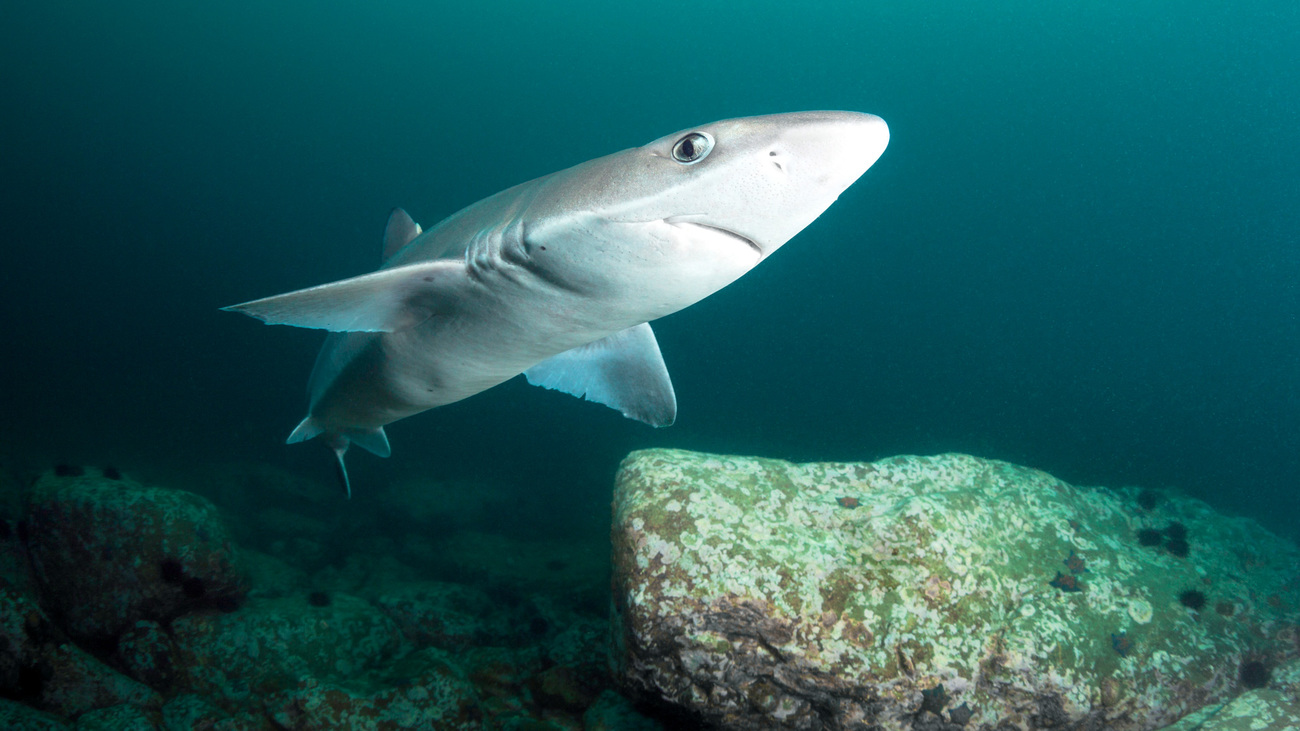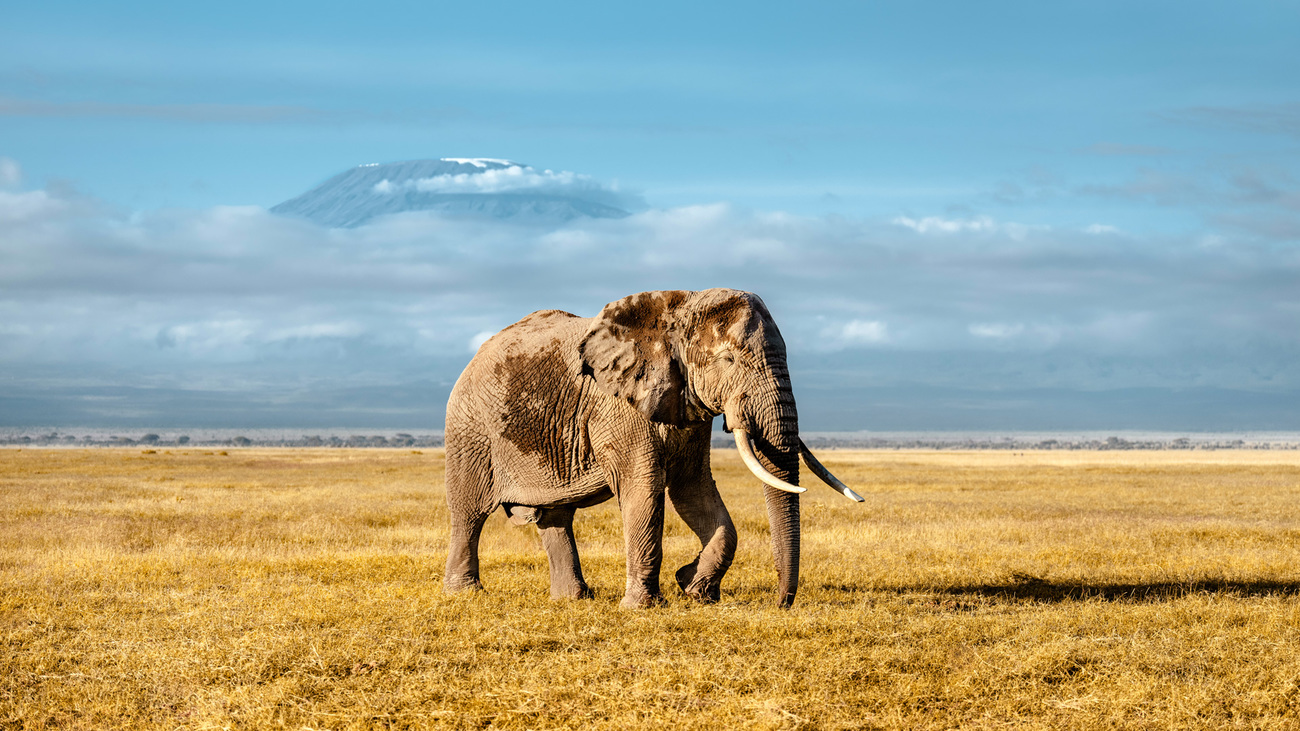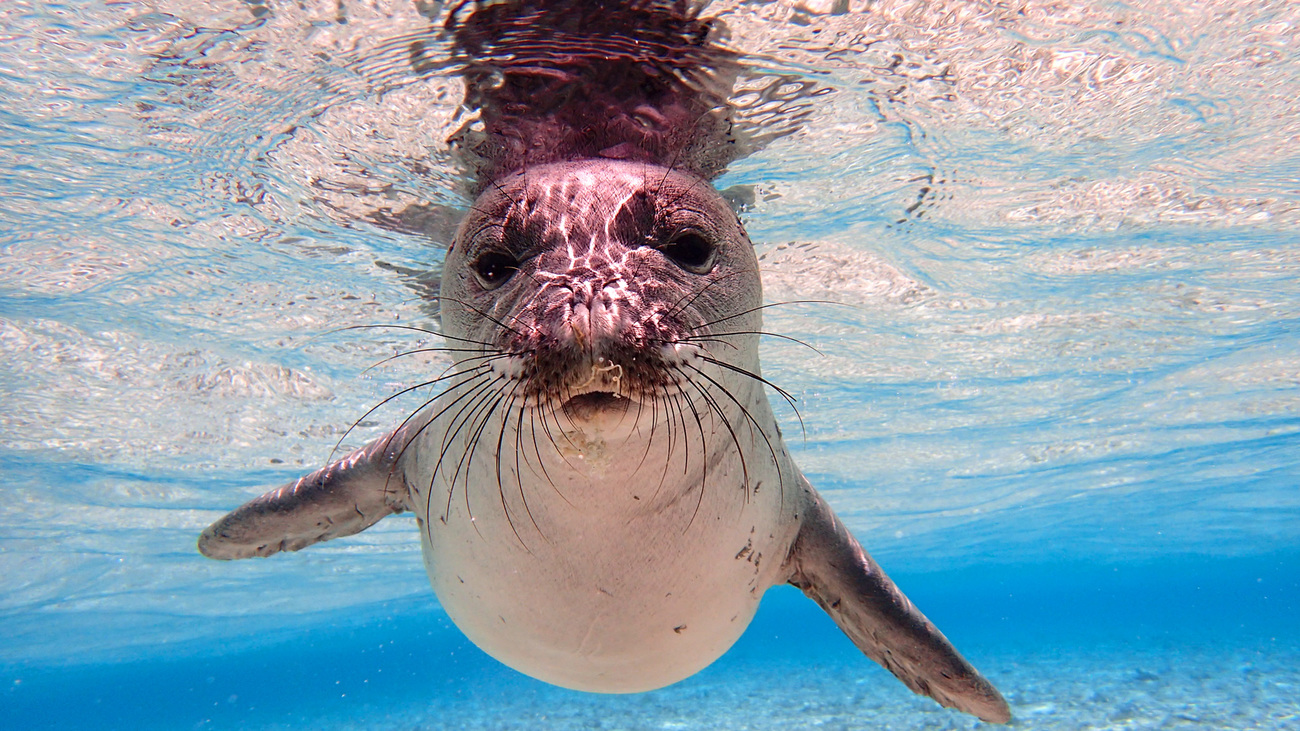Blog
Discover the four layers of the forest—and the animals living in it
Read moreWhy should we protect endangered animals?
The conservation of endangered species is not just a matter of ethical responsibility—it’s a fundamental necessity for the health of our planet.
Many human activities have been undeniably detrimental to many animal species, both directly and indirectly. Currently, the extinction rate of species is up to 1,000 times higher than in pre-human times, and scientists suggest we are living through the planet’s sixth mass extinction. There has been a 73% decline in mammal, bird, reptile, amphibian, and fish species between 1970 and 2020. We’re losing biodiversity quicker than we ever have in the past.

Climate change is in large part to blame—a study published in December 2024 showed that one third of species on the planet will be at risk of extinction by the end of this century if greenhouse gas emissions continue increasing at current levels.
Preserving endangered species safeguards the intricate balance of our planet’s life, ensuring a healthier and more secure future for ecosystems and people.
IFAW is a conservation and rescue organization with the mission to build a future where animals and people can thrive together. With this goal in mind, it’s essential to examine why we must protect endangered species—why are they so important? And what would our world look like without them?
We can think of biodiversity as nature’s balancing act, where all the world’s species work together to keep populations in check and protect our planet’s ecosystems. When certain species become endangered or extinct, that balance is upset, causing ripples throughout the rest of the world’s species.
Take bees as an example. These insects play a crucial role in pollinating plants, helping maintain biodiversity and ensuring the availability of fruits, vegetables, and nuts in our ecosystems.
With globally declining numbers of bee populations, including some species such as the Potter Flower Bee and the Cliff Mason Bee becoming regionally extinct, there is a concern that there will be significant consequences for food security and ecosystem health.
Endangered species can also serve as indicators of environmental health. When populations decline, it can signify underlying issues such as habitat destruction, pollution, or climate change, which, if unaddressed, can threaten the stability of the entire ecosystem and many other species.
For example, declining populations of bald eagles in North America allowed scientists to discover that the environment had been contaminated with DDT, a pesticide used to control mosquitoes and other insects. In this way, the bald eagle served as a warning sign for the environmental damage being done by DDT, allowing a ban on the chemical to be put in place and eagle populations to recover along with the environment.

Climate change is closely linked to biodiversity loss. So protecting—and restoring—biodiverse ecosystems is vital in the fight against climate change.
Biodiversity helps ecosystems adapt to climate change, as various plant and animal species can sequester carbon dioxide, regulate temperatures, and support resilience in the face of climate impacts. When biodiversity is reduced due to habitat destruction or species loss, ecosystems become more vulnerable and compromised.
IFAW champions nature-based solutions to climate change. This involves protecting animals, as they hold the key to balancing their ecosystems and mitigating climate change simply through their natural functions. IFAW’s Room to Roam initiative secures and connects natural habitats in East and Southern Africa, allowing elephants and other wildlife species to roam freely at a safe distance from humans. By protecting this important ecosystem, we enable the keystone elephant species to carry out their ecosystem engineering—which is explained further below.
Meanwhile, climate change contributes to habitat loss and rising temperatures that further endanger these animals, creating a sort of feedback loop. With a 4.3 degrees Celsius (39.7 degrees Fahrenheit) increase in global temperatures, 16% of the world’s species would be driven to extinction.
In 2025, 28% of animals on the IUCN endangered species list are threatened with extinction. Scientists predict that one-third of all animal and plant species will be under threat due to climate change by the year 2070.
Certain animals are known as ‘ecosystem engineers’ because they help protect their environments and habitats through their feeding and other behaviors.
Below are some examples of ecosystem engineers. To note here, each of these animals encompasses a broad range of different species and each animal group contains species that are classified as endangered.
Sharks consist of over 500 species, with their IUCN conservation statuses ranging from least concern to critically endangered.
The sand tiger, scoophead, dwarf gulper, and pondicherry sharks are among the most threatened in 2025.
Thanks to their position near the top of the food chain, sharks help regulate prey populations, which helps maintain the balance of marine food webs. It’s an intricate system—if snapper and grouper become too numerous on coral reefs because of limited reef shark populations to prey on them, these mesopredator fish will over consume their food source: algae-eating fish. Without adequate populations of algae-eating fish, algae may take over, smothering and killing the coral.
To help stabilise shark populations, IFAW has been working with member countries of the Convention on International Trade in Endangered Species of Wild Fauna and Flora (CITES) to place limits on the trade and catch of sharks. IFAW’s work also includes providing identification and enforcement training to aid in catching illegal shipments of shark products.
Elephants are categorised in three species:
These gentle giants traverse through forests and savannahs, eating 100 kilograms (220 pounds) of food every day. While walking through their habitat, elephants disperse seeds through their waste, sometimes as much as 65 kilometres away from where the plants were eaten. Elephant dung is an excellent fertiliser, facilitating new growth from their undigested seeds. These plants colonise new areas and eventually create new habitats and food for a range of other animals.
When female elephants are killed by poachers, they may leave behind vulnerable calves that are at risk of dying without their mother’s protection and guidance. IFAW works with the Lusaka Elephant Nursery and the Zimbabwe Elephant Nursery to rescue and rehabilitate orphaned young elephants, with the goal of eventually returning them to the wild when they are ready. It can take around 12 years to rescue and rehabilitate an orphaned elephant, and so far, six have been released from the nursery and into Kafue National Park.
Seals also include numerous species, with IUCN statuses ranging from least concern to endangered. The Caspian, Hawaiian monk, and Galapagos fur seals are among the most threatened in 2025.
These marine mammals act as both predators (of fish, squid, shellfish, seabirds, and other marine life) and as prey for hunters (like polar bears, orcas, and sharks)—all of which help to maintain balance in the food web. When seals swim through the ocean, they create currents which cycle nutrients from the sea to the shore and are essential for plant growth and survival.
IFAW was founded on the mission to end commercial sea hunting in Canada. We continue to urge the Canadian government to end the practice and adopt sustainable alternatives. IFAW also helped to push through the 2009 EU ban on seal products, which saved the lives of one million newborn seals in the following decade.

Returning to our goal of helping animals and people thrive together, we must also consider that many animals are integral parts of cultures, traditions, and folklore worldwide.
For example, in Mexico, Monarch butterflies are culturally significant to the Mazahua people. When they land in central Mexico at the end of their 4,000-kilometer (2,485-mile) migration, they are viewed as the spirits of the dead returning for a visit, and their arrival coincides with traditional Day of the Dead celebrations.
Monarchs were classified as endangered by the IUCN in 2022. Although they are listed as vulnerable in 2025, their population is still declining. Losing this butterfly species would have both ecological and cultural impacts.
African savannah elephants similarly have deep connections with Indigenous peoples. For example, the Kwhe culture believes that elephants were once human and transformed into animals while maintaining the wisdom and connection to their people.
Protecting endangered species is also a fight to protect cultures and traditions worldwide.
We’re currently experiencing the sixth mass extinction event, marked by alarming declines in the number of insects, vertebrates, and plant species worldwide. Left unchecked, this could completely change the planet as we know it, devastating ecosystems and life across the globe.
Mass extinction occurs when around 75% of the world’s species go extinct within a short geological time period. There have been five known mass extinctions throughout Earth’s history, and researchers believe we are now in the midst of the sixth.
However, unlike the five that have come before, this sixth mass extinction is primarily due to human activity. It’s come about through a combination of factors, including habitat destruction, deforestation, pollution, over-exploitation of natural resources, introduction of invasive species, and climate change.
These activities have led to widespread biodiversity loss and countless species’ decline or extinction. Therefore, it’s our responsibility to protect those same species and the environments they inhabit and influence. This necessitates changing behaviors, activities, and policies. Urgent international action is needed to reverse humans’ effects on the environment.

Despite the uncertain future we face as we grapple with climate change and habitat loss, there is hope for endangered species. Thanks to policy and conservation efforts, there are many species that have made or are in the midst of making recoveries.
The easiest way you can help protect endangered species is to learn more about them. See our list of the most endangered mammals and our endangered species glossary.
Though IFAW undertakes large-scale conservation efforts across the planet, we also believe in the impact of small acts.
Here are a few simple actions you can take to help protect biodiversity:
For more ideas, check out our list of 50 simple ways you can help wild animals.
Making a difference starts with taking action. Get involved by signing our petitions and making your voice heard for the animals that need you most.
every problem has a solution, every solution needs support.
The problems we face are urgent, complicated, and resistant to change. Real solutions demand creativity, hard work, and involvement from people like you.
Unfortunately, the browser you use is outdated and does not allow you to display the site correctly. Please install any of the modern browsers, for example:
Google Chrome Firefox Safari